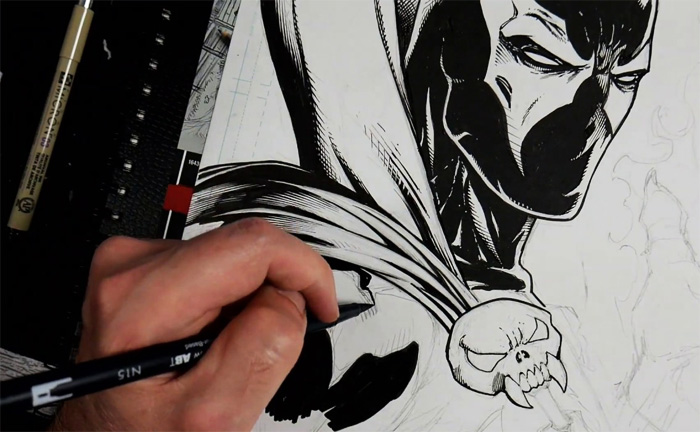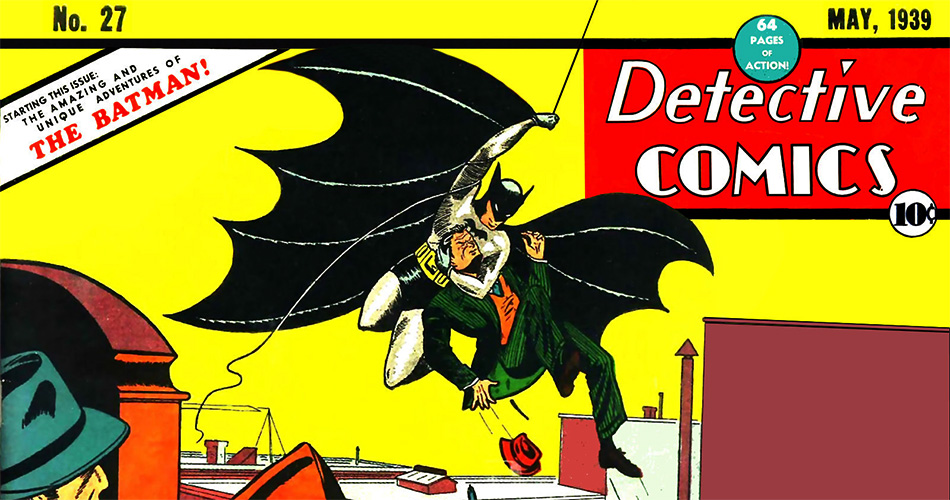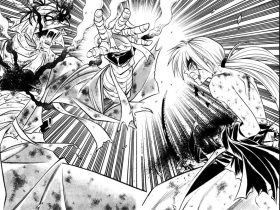For manga enthusiasts around the world, Weekly Shōnen Jump holds a special place in their hearts. This iconic manga magazine has been a source of joy and inspiration for countless readers since its inception in 1968. Known for its diverse lineup of thrilling and imaginative series, Weekly Shōnen Jump has played a pivotal role in shaping the landscape of manga and pop culture. In this article, we’ll delve into the history, significance, and some of the most beloved series that have graced the pages of this renowned publication.
A Rich History
Weekly Shōnen Jump, published by Shueisha Inc., first hit the shelves in July 1968. It was created as a weekly companion to Shueisha’s monthly magazine, Shōnen Book, with the intention of providing young readers with exciting stories that would capture their imaginations.
The Weekly Format
One of Weekly Shōnen Jump’s most distinctive features is its weekly publication schedule. This frequent release pattern has allowed it to maintain a steady stream of fresh content for readers over the years. The magazine’s consistent release has made it an integral part of the lives of manga enthusiasts, who eagerly anticipate each new issue.
A Springboard for Talent
One of the magazine’s claims to fame is its ability to launch the careers of many renowned manga artists. Pioneering creators like Akira Toriyama (Dragon Ball), Eiichiro Oda (One Piece), Tite Kubo (Bleach), and Masashi Kishimoto (Naruto) all started their journeys in Weekly Shōnen Jump. The magazine’s nurturing environment has helped these artists develop their craft and share their unique stories with a global audience.
Diverse Lineup
Weekly Shōnen Jump is known for its diverse range of genres, catering to a wide array of tastes. Whether you’re into action, adventure, sports, fantasy, or romance, there’s something for everyone in its pages. This versatility has allowed the magazine to connect with readers of all ages.
Beloved Series
Over the years, Weekly Shōnen Jump has been home to some of the most iconic and beloved manga series. Here are a few standout examples:
- Dragon Ball: Akira Toriyama’s epic adventure of Goku and his friends as they search for the Dragon Balls and battle formidable foes became a global phenomenon.
- One Piece: Eiichiro Oda’s tale of the Straw Hat Pirates and their quest for the ultimate treasure, the One Piece, is one of the best-selling manga series of all time.
- Naruto: Masashi Kishimoto’s story of Naruto Uzumaki, a young ninja with dreams of becoming the Hokage, captivated readers with its themes of friendship and perseverance.
- Bleach: Tite Kubo’s supernatural saga follows Ichigo Kurosaki, a teenager with the ability to see ghosts, as he battles evil spirits and otherworldly threats.
- My Hero Academia: Kohei Horikoshi’s modern classic explores a world where superpowers, or “Quirks,” are commonplace and follows the journey of Izuku Midoriya, a Quirkless boy who aspires to become a hero.
- Demon Slayer: Kimetsu no Yaiba: Koyoharu Gotouge’s tale of a young demon slayer named Tanjiro Kamado struck a chord with readers for its breathtaking art and emotionally charged storytelling.
Impact on Pop Culture
Weekly Shōnen Jump’s influence extends beyond the world of manga. Many of its series have been adapted into successful anime, films, video games, and merchandise, making them a ubiquitous presence in popular culture. The magazine’s characters have become household names, and their stories continue to inspire fans around the world.
Weekly Shōnen Jump is more than just a manga magazine; it’s a cultural institution that has left an indelible mark on the world of entertainment. With its rich history, diverse lineup, and ability to nurture emerging talent, it remains a beloved and cherished source of entertainment for readers of all ages. As it continues to evolve and introduce new generations to the wonders of manga, Weekly Shōnen Jump stands as a testament to the enduring power of storytelling and the limitless creativity of manga artists.











Leave a Reply